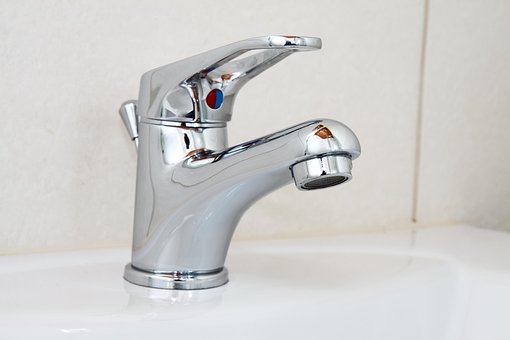Project Report For Faucet Manufacturing
Introduction
Project report for Faucet Manufacturing is as follows.
The plumbing component known as a “faucet” controls the flow of water into a washbasin or bathtub. Most people picture it as a combination of a curved piece of pipe (often made of ceramic) with an opening at the end that points downward and a valve located above the opening that controls the water flow. You almost probably have one or more faucets as fixtures in your kitchen sink or bathroom sink if you live in a home with running water.
The majority of faucets manufactured in India are made from brass and are available in various finishes such as chrome, nickel, and bronze. The industry has also introduced innovative materials such as stainless steel, plastic, and ceramic. This has led to the development of new and more advanced products that cater to the changing needs of customers.

Manufacturing Process Of Faucet
Raw Materials :- Brass, a copper and zinc alloy, is commonly utilised in the manufacture of faucets due to its ability to withstand corrosion and calcification produced by hard water. Different metals, other than copper and zinc, can be used to form the components of a Faucet. These are purchased from other manufacturers as finished components.
Casting and Moulding :- A tool used in the casting and moulding processes is called a core. Once it has completed its task of creating re-entrant angles and voids in the Faucet, it is destroyed to remove it from the component. Even though it can be expensive, it is utilised to offer information that cannot be included in the design without the use of a core. Either high-quality brass rods are cut into the desired shape or the main body of the Faucet is manufactured through die casting. Brass is melted at high temperatures—around 1150°C—and then poured into moulds to get the desired shape—a process known as die-casting.
Machining :- This computer-controlled procedure guarantees a high level of efficiency and smoothness on all the surfaces of the die-casted product. By applying the machining process, the water passageway is also made smoother.
Polishing :- To polish the surface with exactness, this method is necessary. Brass is polished to a high degree of technical precision to produce a high-quality item that shines. Both manual and automated techniques are used in this. The product can only be shipped for chrome plating after it has undergone polishing.
Testing :- The designed faucets are subsequently put to rigorous water and compressed air testing. Samples are examined for durability and important dimensions. Additionally, a number of environmental criteria must be met by faucets.
Project Report Sample On
Faucet Manufacturing
Get Completely Custom Bankable Project Report
Market Potential Of Faucet Manufacturing
The market for faucets had a value of $37.8 billion in 2019 and is projected to increase to $59.2 billion by 2027, growing at a 7.8% CAGR between 2021 and 2027.
The factors driving the growth of the manual sector in the market are expanding new residential unit construction, development in commercial spaces, house renovation, and replacement of obsolete faucets. Because of the growing popularity of modernized washrooms and coordinated sanitary ware, fittings, and accessories, the market’s leading players are offering a one-stop-shop solution for all sanitary ware and fitting equipment.
One of the primary factors driving the growth of the faucets industry is the shift in people’s lives around the world. The increased preference for efficient kitchens and bathrooms, as well as an aesthetic appeal, and the growing application of modernised bathrooms and kitchens, drive market expansion. The availability of numerous material and design combinations to meet consumer demand for customised faucets, as well as consumers’ preference for comfort, ease, and compactness when purchasing items, further affect the industry.
The Asia-Pacific region holds the biggest market share for faucets. This is due to a surge in residential and commercial building in the Asia Pacific region, which is expected to generate a strong demand for faucets during the stated time period. Various government residential development initiatives have gained traction in developing economies such as China, India, Indonesia, and Singapore.

